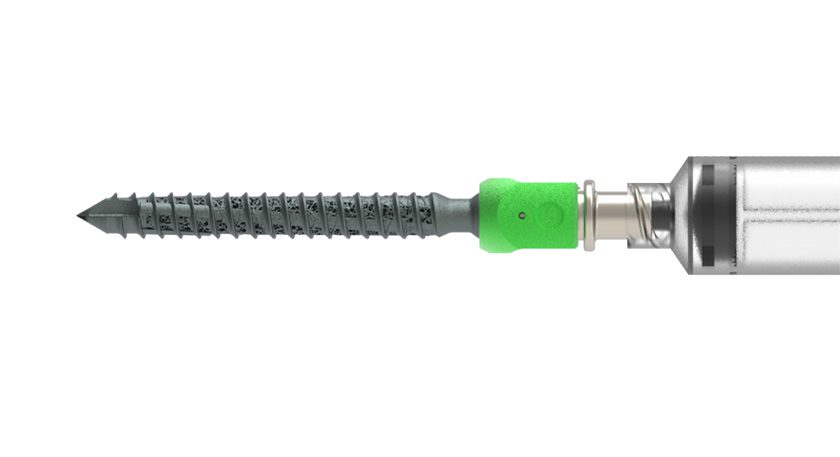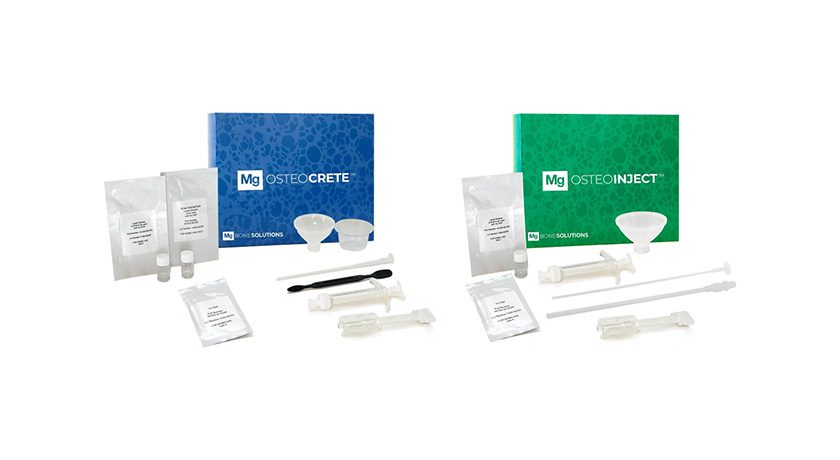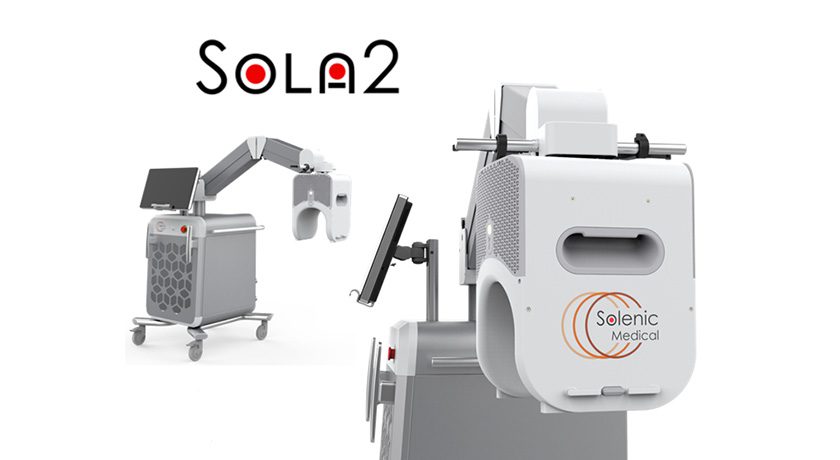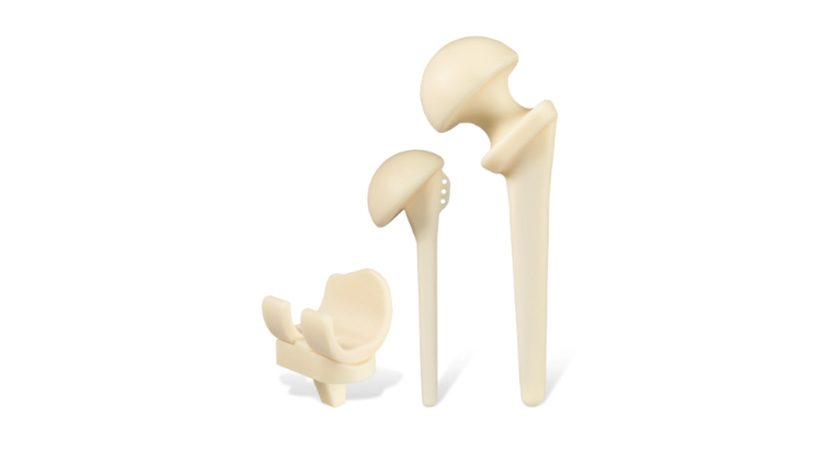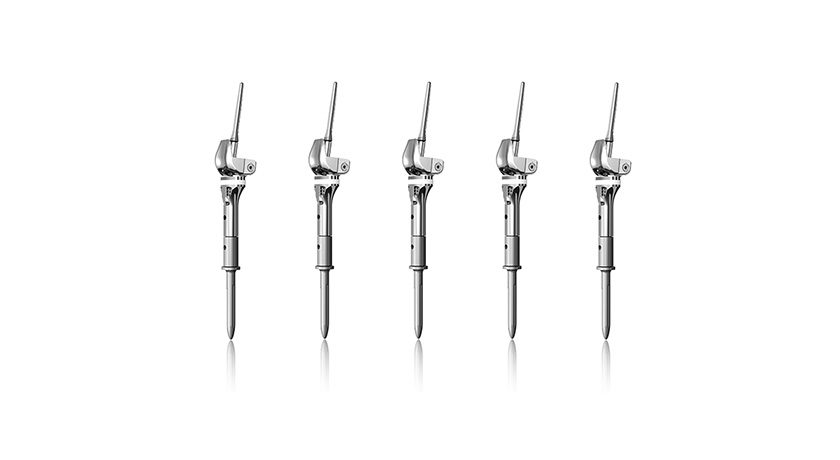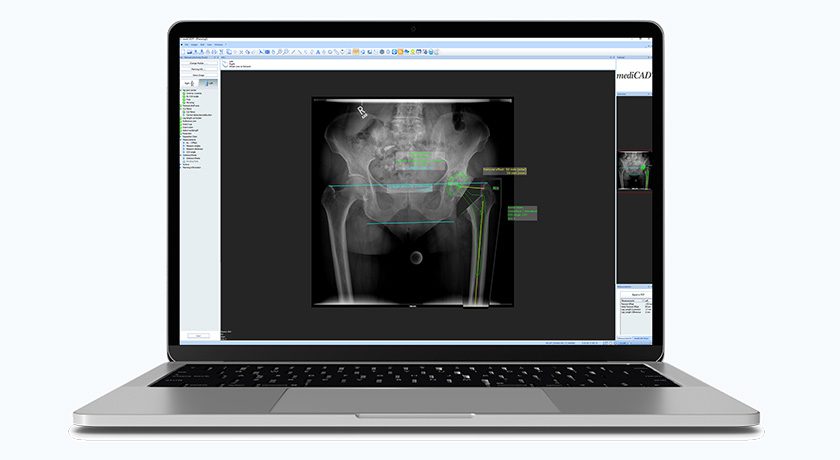

 Copy to clipboard
Copy to clipboard 
mediCAD Hectec commenced the latest release of mediCAD 8, combining artificial intelligence, automation, and a new user experience to help surgeons prepare and evaluate orthopedic and traumatological procedures.
At the heart of the new release lies mediCAD AI, a framework that uses advanced algorithms to automatically recognize anatomical landmarks and interpret medical images with remarkable precision. The system detects key reference points across the hip, knee, and lower limbs. Comparative studies show that landmark detection in mediCAD 8 achieves an average deviation of less than two millimeters, supporting precise alignment and reducing the need for manual corrections frequently required in earlier versions.
In practice, segmentation and implant placement now only take about one minute, compared with two and a half minutes in the previous version, a reduction of roughly 60%. Notably, this performance can be achieved even by less experienced users, while version 7 requires expert-level familiarity to reach comparable results. The AI-driven workflow supports the user in providing quick, accurate results, saving human time for medical evaluation.
In addition to landmark recognition, mediCAD 8 automatically detects image parameters such as orientation and scale, displaying only the relevant tools for each case. The system’s intelligent logic minimizes setup time and ensures that the appropriate planning modules are immediately available. The new 2D Trauma module introduces advanced features, including anatomy mirroring for comparison with the non-pathological side, integrated segmentation and fracture management with color-coded visualization, user-oriented interface for efficient fracture reduction.
Expanded measurement options now cover the entire body, supporting comprehensive trauma analysis. The upcoming 3D Trauma module extends these capabilities into a three-dimensional environment, offering greater spatial understanding and precision.
Source: mediCAD Hectec
mediCAD Hectec commenced the latest release of mediCAD 8, combining artificial intelligence, automation, and a new user experience to help surgeons prepare and evaluate orthopedic and traumatological procedures.
At the heart of the new release lies mediCAD AI, a framework that uses advanced algorithms to automatically recognize anatomical...
mediCAD Hectec commenced the latest release of mediCAD 8, combining artificial intelligence, automation, and a new user experience to help surgeons prepare and evaluate orthopedic and traumatological procedures.
At the heart of the new release lies mediCAD AI, a framework that uses advanced algorithms to automatically recognize anatomical landmarks and interpret medical images with remarkable precision. The system detects key reference points across the hip, knee, and lower limbs. Comparative studies show that landmark detection in mediCAD 8 achieves an average deviation of less than two millimeters, supporting precise alignment and reducing the need for manual corrections frequently required in earlier versions.
In practice, segmentation and implant placement now only take about one minute, compared with two and a half minutes in the previous version, a reduction of roughly 60%. Notably, this performance can be achieved even by less experienced users, while version 7 requires expert-level familiarity to reach comparable results. The AI-driven workflow supports the user in providing quick, accurate results, saving human time for medical evaluation.
In addition to landmark recognition, mediCAD 8 automatically detects image parameters such as orientation and scale, displaying only the relevant tools for each case. The system’s intelligent logic minimizes setup time and ensures that the appropriate planning modules are immediately available. The new 2D Trauma module introduces advanced features, including anatomy mirroring for comparison with the non-pathological side, integrated segmentation and fracture management with color-coded visualization, user-oriented interface for efficient fracture reduction.
Expanded measurement options now cover the entire body, supporting comprehensive trauma analysis. The upcoming 3D Trauma module extends these capabilities into a three-dimensional environment, offering greater spatial understanding and precision.
Source: mediCAD Hectec

You’ve reached your limit.
We’re glad you’re finding value in our content — and we’d love for you to keep going.
Subscribe now for unlimited access to orthopedic business intelligence.
JV
Julie Vetalice is ORTHOWORLD's Editorial Assistant. She has covered the orthopedic industry for over 20 years, having joined the company in 1999.


